Virginie Bovie (1821–1888), full name Joséphine-Louise-Virginie Bovie, was a Belgian painter and arts patron. In 1870, she was described as "well known", but she has fallen into neglect in the 20th and early 21st centuries and only seven of her more than 200 works have been located.
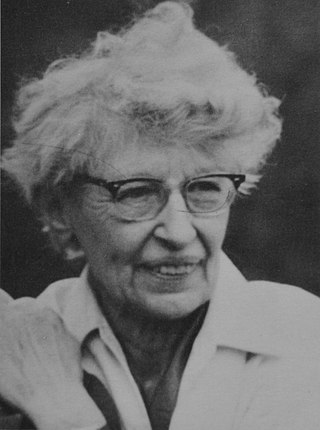
Éliane Georgette Diane de Meuse was a Belgian painter. She was the wife of Max Van Dyck. They met at the Académie Royale des Beaux-Arts, Brussels where they attended the courses of the same professors.
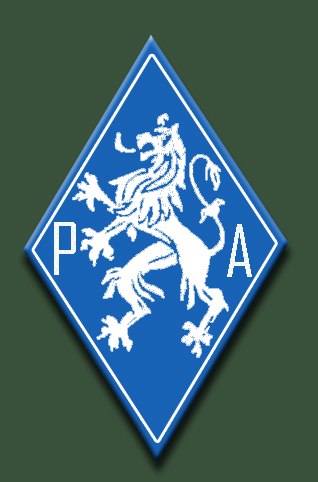
The Armed Partisans was a faction of the resistance in German-occupied Belgium in World War II. The group was affiliated to the Belgian Communist Party. In 1941, many of its members left to join the Front de l'Independance while the rest of the group was undermined in 1943 when almost all the leadership of the group and the Communist Party were arrested by German forces. It was renamed the Belgian Army of Partisans' after the Liberation of Belgium in September 1944.
Germaine Van Parys, also Van Parijs, (1893–1983) was a Belgian photojournalist. She was the first woman in Belgium to join the profession, which was very unusual to find a woman mentioned in the history of photography before 1920s. She left an extensive collection covering the people and places she photographed from 1918 to 1968, documenting key events in the country's history.
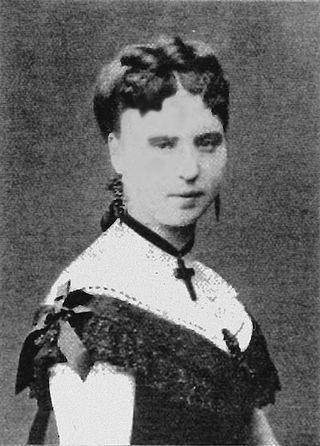
Jeanne Tordeus was a Belgian stage actress. She was the first Belgian actor active at the Comédie-Française in Paris, from 1864 to 1870. From 1872 to 1909, she was active as a professor at the conservatory in Brussels. She founded the prize for declamation which bears her name: prix Jeanne Tordeus-Adeline Dudlay (1910).

Marie Anne Simonis, known as "La Grande Madame", was a Belgian textile industrialist. She played an important part in the industrialization of what is now Belgium. Together with her brother, Iwan Simonis, she introduced the mechanization of the textile industry in the territory by adopting the inventions of the British textile industry, such as the Spinning Jenny.
Henri Joseph Thomas (1878-1972) was a Belgian genre, portrait and still life painter, sculptor and etcher from the Belgian School, Brussels, Belgium.
Julia Bastin was a Belgian academic, educator and novelist.
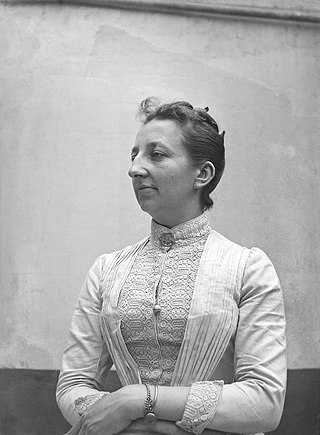
Léonie La Fontaine was a Belgian pioneering feminist and pacifist. Active in the international feminism struggle, she was a member of the Belgian League for the Rights of Women, the National Belgian Women Council and the Belgian’s Women's International League for Peace and Freedom. Her brother was Henri La Fontaine, Belgian international lawyer and president of the International Peace Bureau who received the Nobel Prize for Peace in 1913, and was also an early advocate for women's rights and suffrage, founding in 1890 the Belgian League for the Rights of Women.
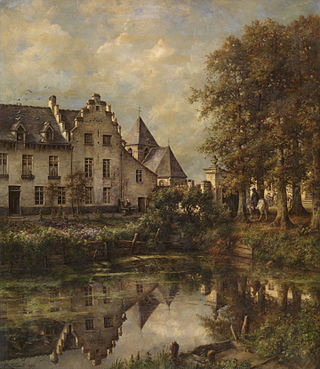
Marie Collart-Henrotin was a Belgian artist who mainly painted landscapes and animals.

Alix Apolline Louise d'Anethan was a Belgian painter.

Léonie Keingiaert de Gheluvelt was the first woman mayor in Belgium.

Barbe-Henriette Dieudonnée Dachsbeck was a Belgian educator and feminist who was instrumental in the development of women's education in Belgium at the end of the nineteenth century.
Madeleine De Meulemeester was a Belgian lawyer, scouts functionary and rescuer of Jewish children during the Second World War.
Jeanne Hovine was an actress and the first female Belgian comics artist.

Léon Van Dievoet was a Belgian architect, painter, engraver, and draughtsman.
Jeanne-Marie Artois (1762–1840) was a Belgian brewer.
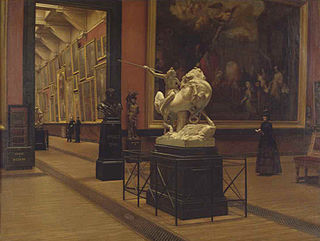
Henri Joseph Van Dyck was a Belgian painter.
Éliane Gubin is a Belgian historian, researcher and professor of political and social history, specializing in the history of women and feminism. In the late 1980s, she initiated the introduction of women's history at the Université libre de Bruxelles (ULB), where she is professor emerita. She also teaches the history of contemporary Belgium and specializes in social history and political history of the nineteenth century and the first half of the twentieth century, including a re-reading of the World War I. Since 1995, she has been co-director of the Centre d'archives pour l'histoire des femmes.